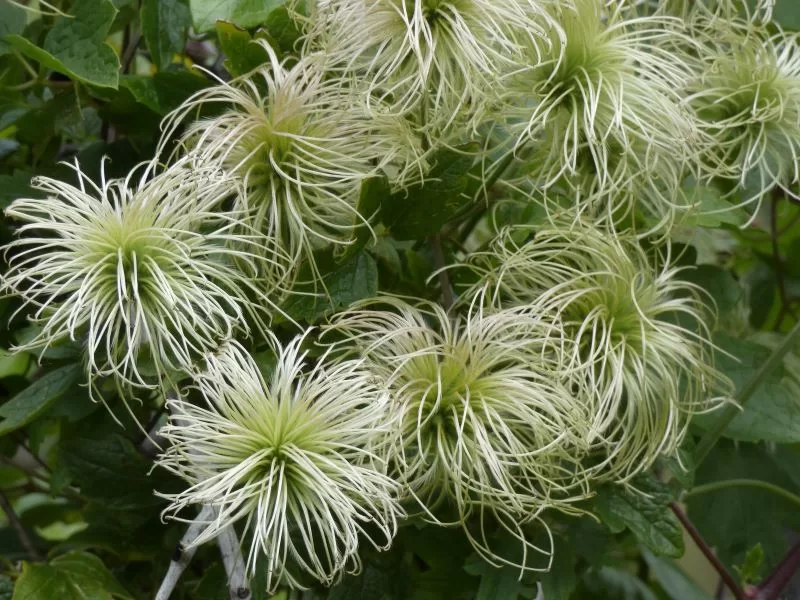August 8 was national Sneak Some Zucchini Onto Your Neighbor’s Porch Day. We are entering into the spirit of the holiday with squash history and recipes. Check out the story on page 10! Illustrations lovingly drawn and painted by Suzanne Guldimann. Cover design by Urs Baur.
Go and catch a falling star,
Get with child a mandrake root,
Tell me where all past years are,
Or who cleft the devil’s foot,
Teach me to hear mermaids singing,
Or to keep off envy’s stinging,
And find
What wind
Serves to advance an honest mind.
—“Song,” John Donne
“Go and catch a falling star…” On an August night, this impossible thing from Elizabethan poet John Donne’s poem “Song” almost seems in reach.
The annual Perseid meteor shower is already underway. This phenomenon is named for the constellation Perseus, the part of the night sky where the meteors appear to originate. The real source of the shower is the cloud of dust and ice left behind by the comet Swift-Tuttle.
The Earth already began to pass through that cloud in mid July and it won’t exit from it until the end of August. Meteors are generated when small particles of comet debris skim across Earth’s atmosphere, becoming superheated as they burn up. When conditions are right, these bits of cosmic dust create a spectacular display of shooting stars.
The Perseids peak on the night of August 12-13. It promises to be a good show this year, thanks to a waning crescent moon.
The best way to look for the Perseids is to pick a spot with a north-facing view of the sky and be patient. Perseus was a mighty hero in Greek mythology, the one who beheaded the fearsome Medusa and rode the winged horse Pegasus to victory, but his constellation is faint and hard to spot. Look instead for Casseopeia, or rather, for the throne of this celestial queen—the large, W-shaped constellation that is a lot easier to spot. The darkest part of the night—after midnight and before dawn, is the best time to look for shooting stars, but it is possible to catch one of these falling stars anytime after sunset this month.
The Perseids aren’t the only sign that summer has reached its apex and is already beginning to wane, like the August moon. Orb weaver spider webs are suddenly everywhere, beautiful in the sunlight, but a hazard for the unwary, and for the first person out of the house in the morning. The adolescent red tailed hawks fill the hot summer sky over the Santa Monica Mountains with their piercing cries, calling to each other and to their parents for reassurance as they try their wings and hone their hunting skills. Soon they will be on their own.
Other birds are also on the wing. The fall migration is already under way. Many seabirds and shorebirds nest in the arctic, arriving in early spring, and winging their way back south long before the short northern summer is over. At the beach, the air is full of the wheeling flight of terns, diving for grunion and other small fish.
In a few short weeks the birds will have the beaches mostly to themselves. For those of us who don’t have to head back to school or return home from vacation, this is the best part of summer, with fewer crowds at the beach and on the trails. Listen hard enough at sunset on the beach in late summer, and one just might hear mermaids singing.

Autumn can’t come soon enough for many. Much of the Northern Hemisphere is baking during what some climatologists are already calling the hottest summer on record, and that means an elevated fire risk, almost everywhere. Topanga residents already know that. The Owen’s fire grabbed everyone’s attention on July 26, and the burn scar is a daily reminder for anyone who drives through the canyon.
Now is a good time to update wildfire evacuation plans, pack a “go bag,” and make sure that all family members are subscribed to county emergency notifications and are following T-CEP, the Topanga Coalition for Emergency Preparedness: tcep.org.
Signs of autumn may be appearing, but we are still celebrating the joys of summer in this issue of TNT. We have favorite squash recipes in honor of National Leave Some Zucchini on Your Neighbor’s Doorstep Day on August 8; some hot crime novels for a bit of beach reading; and a real life jazz-age Malibu real estate swindle that could have been taken straight from a silent movie plot.
Stay safe, be well. Catch a falling star.













